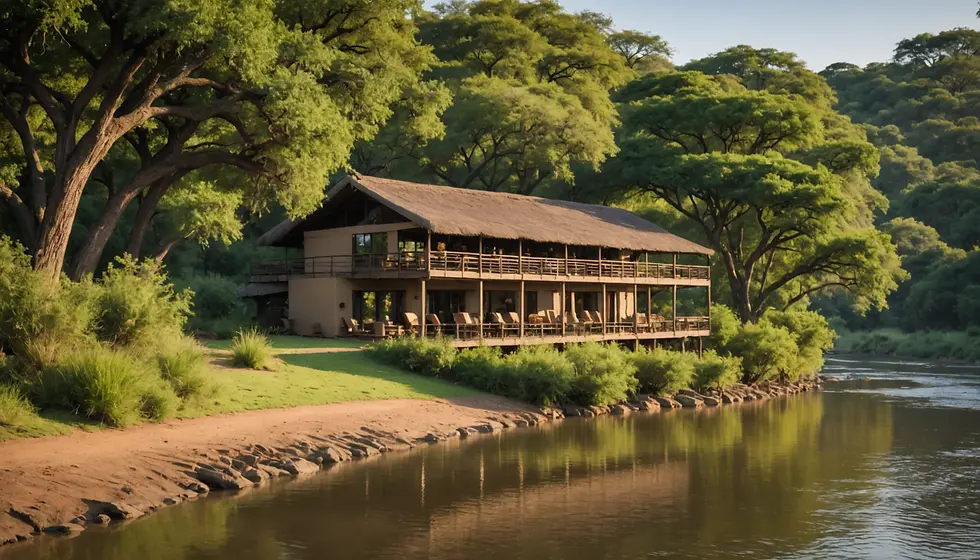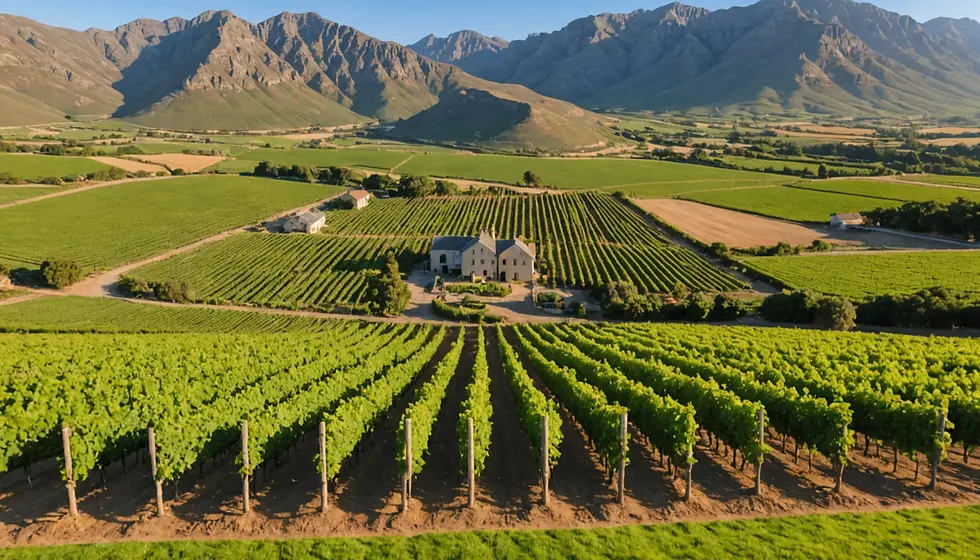Uncover the Magnificent Big 5: A Thrilling Expedition into the Unknown
- rawsafaris
- Mar 10
- 4 min read
The African wilderness invites adventure seekers with its breathtaking scenery and rich wildlife. Among its myriad treasures, the Big 5 stands out: the lion, leopard, rhinoceros, elephant, and Cape buffalo. Far from just names on a list, these animals embody the very essence of wildlife safaris and conservation efforts. This blog post takes you on an exciting journey through their habitats, behaviors, and the best ways to encounter them.
The Big 5: A Brief Overview
Originally coined by big game hunters, the term “Big 5” has evolved. These animals now symbolize conservation efforts rather than hunting trophies. Each member of the Big 5 contributes to the vibrancy of the ecosystem, showcasing their strength, beauty, and enigmatic nature.
Lion: Known as the king of the jungle, lions often rest in the savanna and can weigh over 420 pounds, living in prides that range from a few to more than 30. Each pride has a unique social structure that includes fascinating interactions.
Leopard: These solitary creatures are famous for their stunning spotted coats and agility. Leopards can leap up to 20 feet high to escape predators or capture prey.
Rhino: With a weight that can exceed 5,000 pounds, rhinos play an essential role in their habitat. Both the white and black rhinos contribute to the ecosystem by grazing on shrubs and grass.
Elephant: The largest land mammals on Earth can weigh up to 14,000 pounds. Elephants are incredibly social, forming strong family bonds within matriarchal herds.
Cape Buffalo: Often seen in groups of 20 to 100, these resilient animals quickly adapt to their environment, showcasing a protective network against predators.
Together, they create an inspiring tapestry of life that calls adventurers to explore their domains.
Encountering Lions: The Kings of the Jungle
Lions are often the main attraction on safari due to their majestic presence and powerful roars. To experience their social dynamics, the best viewing times are early morning or late afternoon when they hunt or interact within their pride.
Tip for spotting lions: Look for them lounging near waterholes or in open grasslands during the cooler parts of the day.

Despite their strength and majesty, lions are facing critical threats. Habitat loss and poaching have reduced their populations significantly; estimates suggest that fewer than 23,000 lions remain in the wild today—far lower than their numbers just a century ago.
The Elusiveness of Leopards
Leopards captivate wildlife enthusiasts with their stealth and striking coats. Unlike lions, leopards are solitary, often found resting on tree branches or hiding in tall grass, which makes them fascinating yet challenging to spot.
Tip for spotting leopards: Watch for them perched on low branches or concealed within the underbrush.
Their diet is diverse, comprising over 90 different prey species, which illustrates their adaptability. This wide-ranging diet underscores their critical role as both predator and prey in the ecosystem.
The Mighty Rhinoceros
Rhinoceroses are remarkable figures of power and ancient history. In Africa, the white and black rhinoceros must navigate the constant threat of poaching for their horns.
Tip for spotting rhinos: Look for them in open plains and savannas during the day, where they often graze.
Rhinos contribute significantly to habitat balance by controlling vegetation and creating spaces for other species. However, current populations are dangerously low; for instance, the Northern white rhino is nearly extinct, with only two known individuals left.
Elephants: Majestic Giants of the Savannah
Elephants are often described as gentle giants. Living in matriarchal herds, they exhibit complex social behaviors, including bonding rituals and cooperative child-rearing.
Tip for spotting elephants: Listen for their trumpeting calls, which can lead you to their location even before you see them.

Research indicates that elephants possess advanced emotional intelligence, often mourning their dead and demonstrating feelings similar to humans. Their populations, however, have decreased by about 62% over the past decade due to poaching and habitat loss, making every sighting a poignant reminder of their fragility.
Cape Buffalo: The Fierce Survivor
The Cape buffalo stands out for its strength and group dynamics. These social animals travel in herds, ranging from 20 to 100 individuals, providing protection against predators.
Tip for spotting Cape buffalo: Search for them in grassy plains, particularly near watering holes, where they can be easily located during hot days.
Despite their daunting appearance, Cape buffalo are misunderstood. Their strong group bonds showcase their survival instincts and the importance of working together against threats in the wild.
The Thrill of Safari: Best Practices
Experiencing the Big 5 is an exhilarating adventure, but it’s important to engage with nature responsibly. Here are some essential practices to enhance your safari experience:
Choose responsible tour operators: Seek out eco-friendly companies committed to conservation efforts and community support.
Maintain a safe distance: Respect wildlife by observing from a safe distance to prevent stress or danger to both animals and yourself.
Approaching your adventure with respect not only enhances your experience but also supports the ongoing preservation of these iconic animals and their habitats.
Final Thoughts: An Adventure Awaits
The Big 5 represents much more than just animals; they embody the wild spirit of Africa and the adventure that draws many into its untamed landscapes. By traveling responsibly and appreciating these remarkable creatures, you have the chance to witness nature's beauty firsthand.
Embarking on this journey goes beyond simply observing animals—it involves understanding our essential role in their conservation. Prepare for your adventure and experience the magnificent Big 5 on your next expedition into the wild! Connect with nature and fuel your spirit while contributing to the ongoing preservation of these icons of the wilderness.





Comments